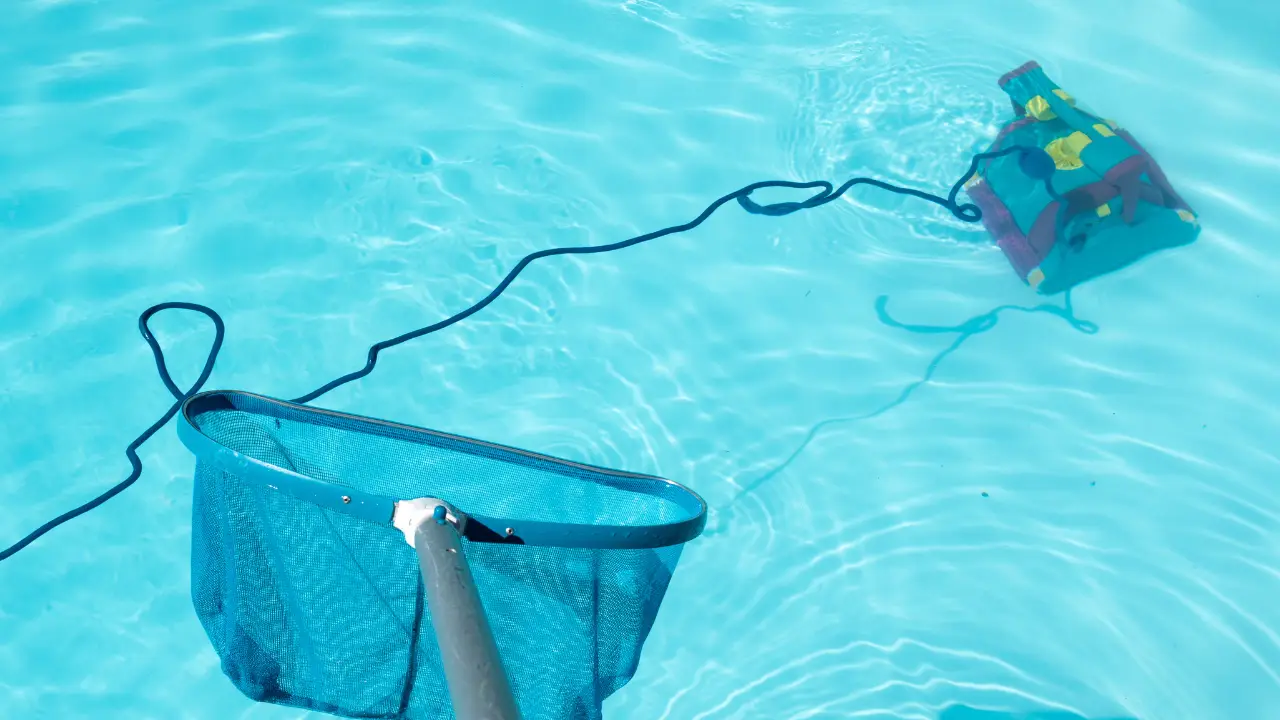Pool Safety is a top priority for Manning Pool in Houston, Texas. Our goal is to ensure that your swimming experience is both enjoyable and safe. One of the critical aspects of maintaining pool safety is understanding the importance of avoiding pools during chemical treatment. This blog will explore why it’s essential to steer clear of pools when they are being chemically treated and what steps you can take to ensure a safe swimming environment.
The Importance of Pool Chemicals
Maintaining a pool involves a careful balance of chemicals to keep the water clean, clear, and free from harmful bacteria and algae. Common chemicals used in pools include chlorine, algaecides, and pH adjusters. Each of these chemicals plays a vital role in maintaining the overall health and safety of the pool. Chlorine, for instance, is crucial for killing harmful bacteria and preventing the growth of algae. However, while these chemicals are necessary, they can also be hazardous if not handled correctly.
Why Avoid Pools During Chemical Treatment?
Health Risks
The primary reason to avoid pools during chemical treatment is the potential health risks. Chemicals such as chlorine and other disinfectants can cause skin and eye irritation. In higher concentrations, these chemicals can lead to more severe issues such as respiratory problems, chemical burns, and allergic reactions. When a pool is freshly treated, the chemical levels can be significantly higher than normal, posing a greater risk to swimmers.
Chemical Burns and Irritations
Direct contact with concentrated chemicals can cause chemical burns. This is particularly true for individuals with sensitive skin or pre-existing conditions such as eczema. Eyes are also highly susceptible to irritation from chlorine and other pool chemicals. Red, itchy eyes are a common complaint among swimmers, but during and immediately after chemical treatment, the risk of eye irritation is much higher.
Respiratory Issues
Inhaling the fumes from pool chemicals, particularly chlorine, can lead to respiratory issues. This can be particularly problematic for individuals with asthma or other respiratory conditions. The strong odor often associated with chlorine is a sign that the chemical is present in high concentrations, which can be harmful when inhaled.
Chemical Reactions
When multiple chemicals are added to the pool, there’s a potential for adverse chemical reactions. For example, mixing chlorine with algaecides can sometimes produce harmful gases. These reactions can pose significant health risks to anyone nearby. It’s best to allow time for these chemicals to disperse and stabilize in the water before entering the pool.
Best Practices for Pool Safety During Chemical Treatment
Wait Time
Always adhere to the recommended wait times after a pool has been treated with chemicals. This wait period allows the chemicals to properly mix and dilute to safe levels. Typically, the wait time can range from a few hours to a full day, depending on the type and amount of chemicals used. Check with the pool maintenance team for specific guidelines.
Regular Testing
Regular testing of pool water is essential to ensure that chemical levels are within the safe range. At Manning Pool, we conduct frequent water quality tests to monitor chlorine levels, pH balance, and other important parameters. If you’re a pool owner, invest in a reliable pool testing kit and conduct tests regularly.
Professional Maintenance
Engaging professional pool maintenance services ensures that chemical treatments are applied correctly and safely. Professionals are trained to handle and measure chemicals accurately, minimizing the risk of over- or under-dosing. Manning Pool offers comprehensive maintenance services to ensure your pool remains in top condition.
Educate Swimmers
Educate all pool users about the importance of staying out of the water during chemical treatment. Clear signage around the pool area and communication through pool schedules can help reinforce this message. At Manning Pool, we ensure all our clients are informed about treatment schedules and safety precautions.
Conclusion
Pool safety is not just about preventing accidents and injuries; it’s also about ensuring a healthy swimming environment. Avoiding pools during chemical treatment is a crucial aspect of pool safety that should not be overlooked. By understanding the risks and following best practices, you can enjoy a safe and pleasant swimming experience.
At Manning Pool in Texas, we prioritize your safety and health. For more information on pool safety or to schedule a maintenance service, please feel free to contact us. Your safety is our commitment, and we are here to help ensure your pool remains a safe haven for relaxation and fun.
For inquiries, maintenance services, or any questions regarding pool safety, please contact Manning Pool (713) 812-9098. We are dedicated to providing you with the best service and ensuring your pool remains safe and enjoyable.



